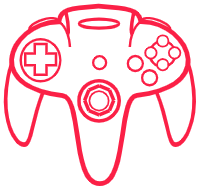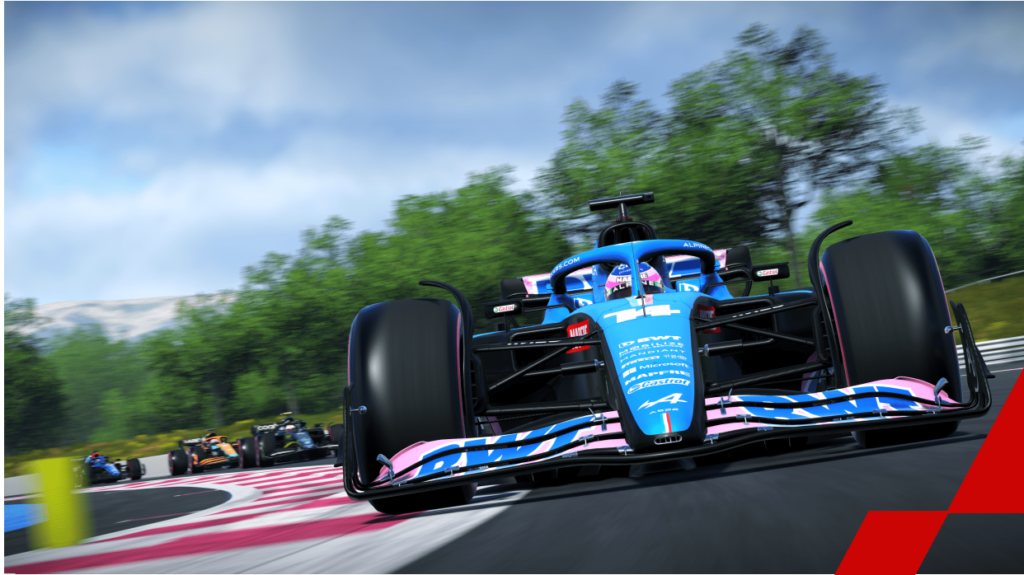In recent years, sim racing has grown in popularity as a way for amateurs and pros to compete against one another in a virtual setting. Although sim racing and real racing may appear to be identical, there are significant distinctions to take into account. In order to assess whether sim racing is truly like real racing, we will examine the parallels and discrepancies between the two types of competition in this essay.
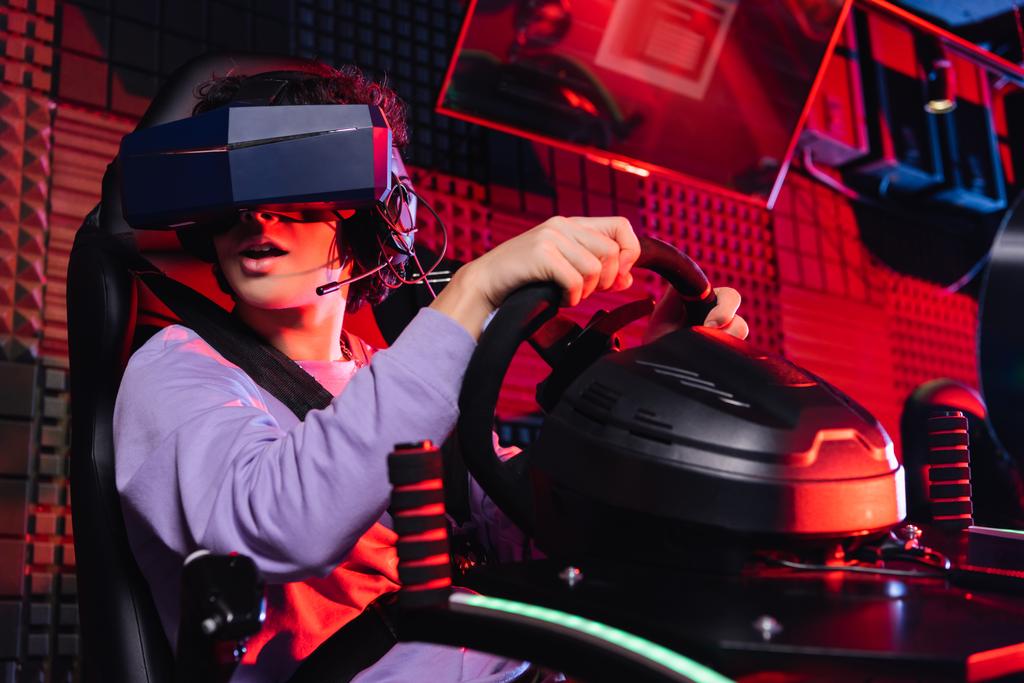
Sim Racing
Simulated racing offers drivers the opportunity to practice in a secure and regulated environment, which is one of its main benefits. Real-world racing can be risky; there is a possibility of harm or even death in the event of an accident. Drivers can compete in sim racing without having to worry about getting hurt, making it a handy and secure way to hone racing techniques. Simulated racing is a fantastic approach to hone important skills like response time, timing, and precision that are necessary for success in actual racing.
The opportunity to race on tracks that might not be available in real life is another benefit of sim racing. Drivers can engage in sim racing on a variety of courses from around the globe, including historic tracks that might not be in use anymore. This offers a rare chance to experience racing on courses that aren’t practical in real life.

Real-Life Racing
Simulated racing lacks the kind of unpredictability that real-world racing provides. Drivers must contend with varying weather conditions, technical issues, and other unforeseen factors that could affect their performance when racing in real life. This degree of unpredictability can make racing much more challenging and exciting.
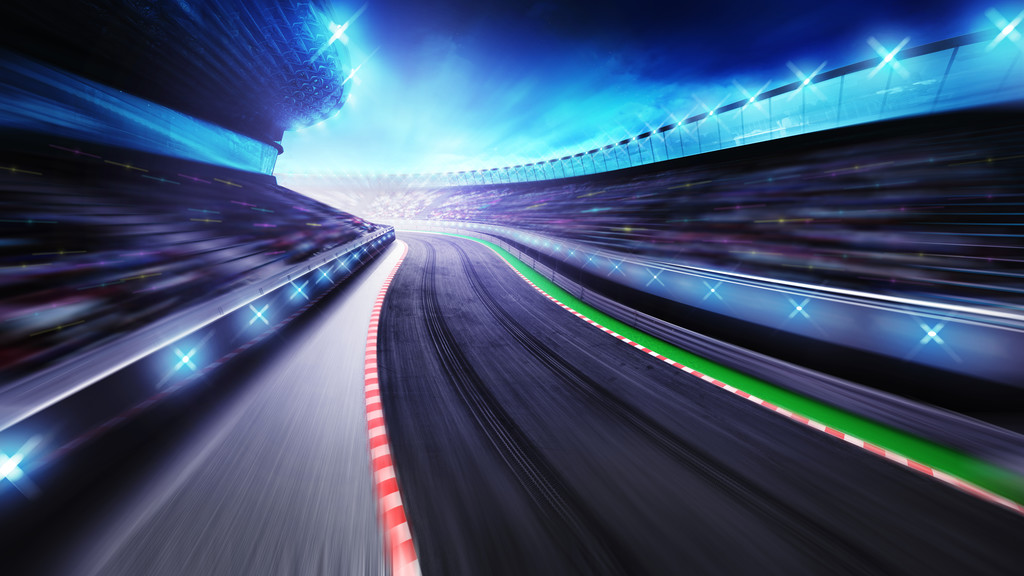
Comparison of Real-Life and Simulated Racing
The application of technology to improve the racing experience is another commonality between sim racing and traditional racing. Both situations include the use of cutting-edge computers, sensors, and other instruments to track the performance of the vehicle and the driver and to offer ideas for improvement. This technology is frequently even more sophisticated in sim racing, with incredibly accurate physics engines that can mimic the behavior of real-world race cars and tracks.
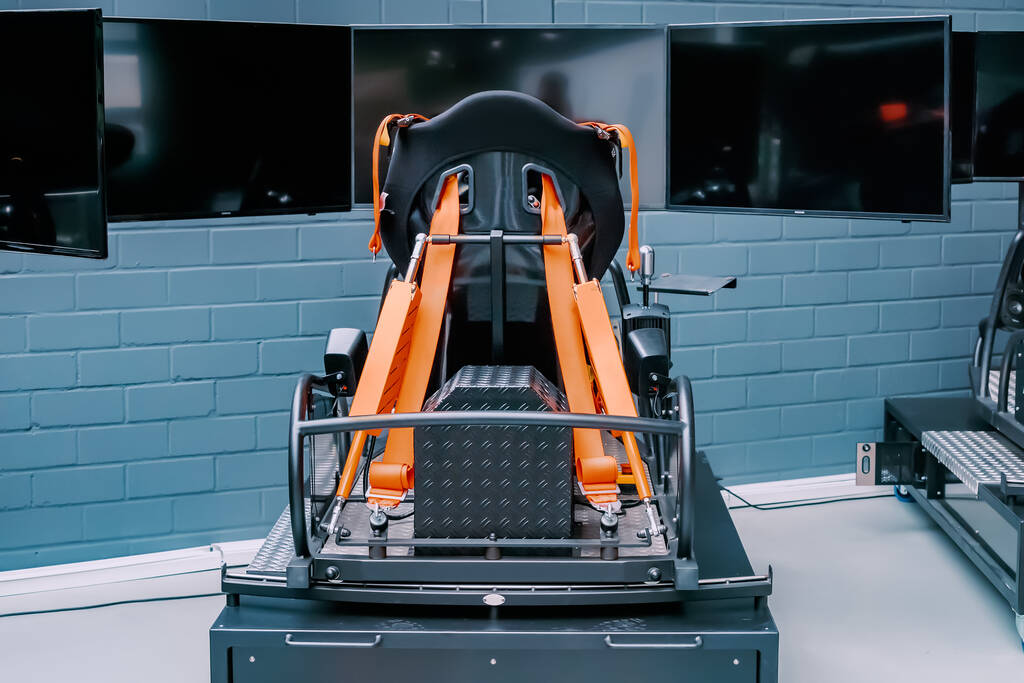
Differences Between Sim Racing and Real-Life Racing
Simulated racing has grown in popularity as a technique for drivers to train and compete in an artificial setting. There are significant distinctions between real-world racing and simulation racing, despite their apparent similarity. One of the main contrasts between real-world racing and sim racing is the absence of bodily sensations, as drivers do not feel the same g-forces and vibrations. The degree of unpredictability in real-world racing, where drivers must contend with varying weather conditions, mechanical failures, and other unforeseen incidents, is another significant distinction. Despite these distinctions, simulating racing and competing in real races both demand a high level of talent and planning to win.
Also read our other Articles
